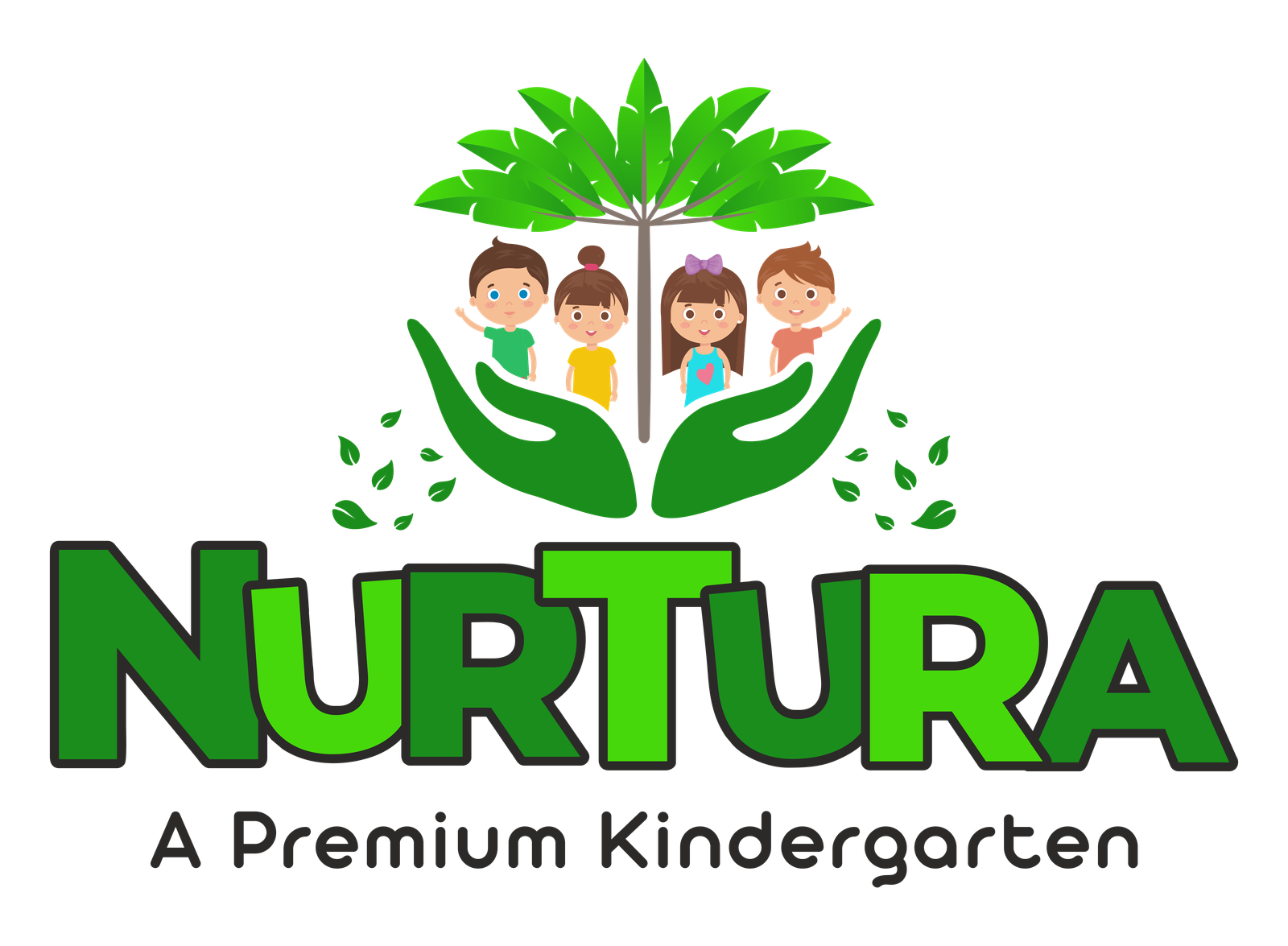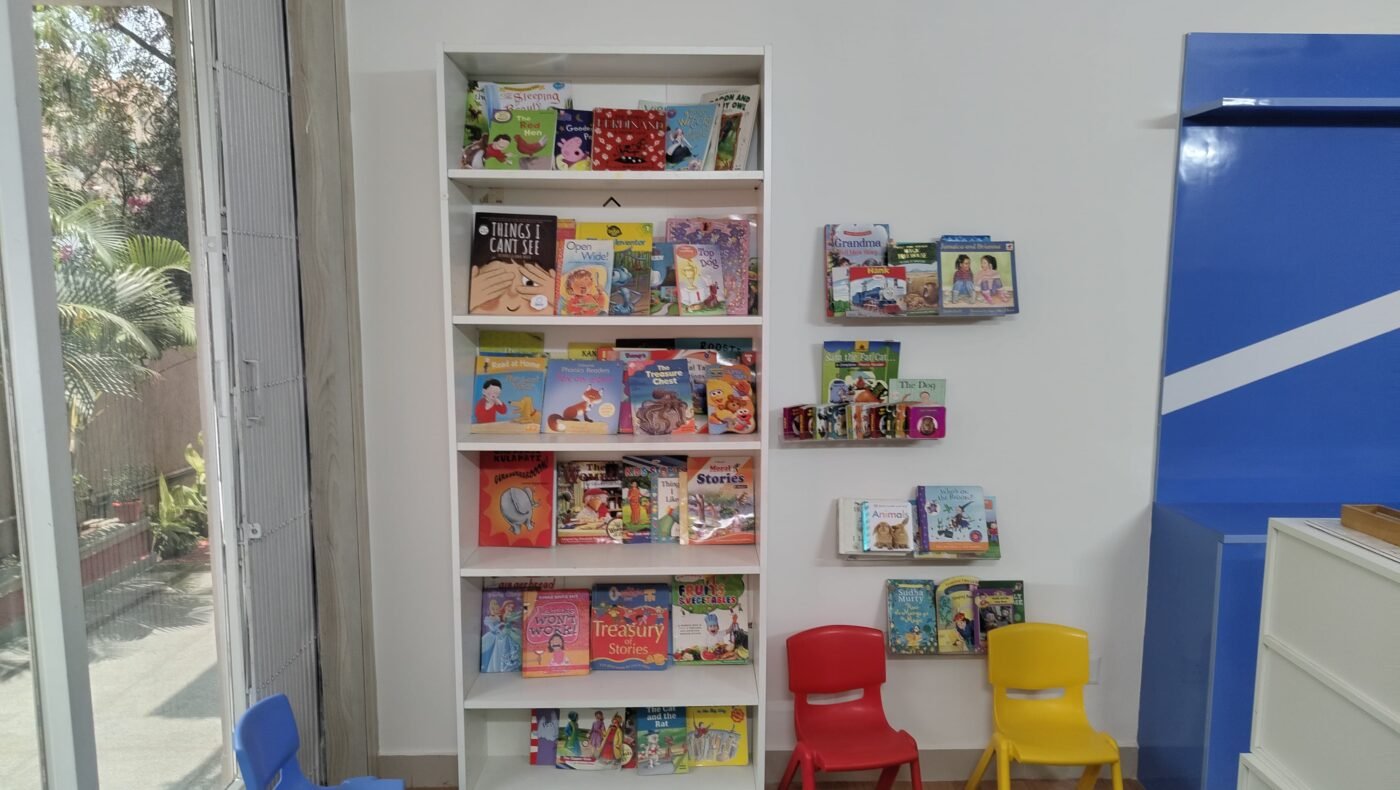When we talk about early childhood education, we often focus on teaching letters, numbers, and shapes.
But at Nurtura, we know there is something even more fundamental happening first — the development of the senses.
Sensorial activities, a key part of Montessori education, help children sharpen their ability to observe, compare, and make sense of the world around them.
Let us take a closer look at what sensorial activities are and why they are such an important part of a child’s learning journey.
What Are Sensorial Activities?
Sensorial activities are designed to help children refine their senses — sight, sound, touch, taste, smell, and even movement and balance.
These activities isolate one sense at a time, helping children notice small differences and similarities in the world around them.
In a Montessori classroom, you might see children:
Matching colors with color tablets
Identifying textures with fabric swatches
Grading objects from largest to smallest
Listening carefully to different sounds in a sound box
Sensorial materials are hands-on, carefully crafted, and designed to focus the child’s attention on a specific quality or concept.
Why Sensorial Activities Matter
Sensorial experiences are more than just fun exercises.
They play a critical role in a child’s cognitive, emotional, and physical development.
Here is why they are so important:
1. Building Strong Foundations for Learning
Before children can read, write, or solve math problems, they must learn how to observe, compare, categorize, and judge differences.
Sensorial work lays the groundwork for higher-level thinking skills like logic and reasoning.
2. Supporting Brain Development
Every time a child matches a sound, grades an object by size, or sorts textures, their brain is forming new connections.
Sensorial activities actively build and strengthen neural pathways essential for learning.
3. Encouraging Focus and Concentration
Sensorial tasks are designed to require careful attention.
As children engage with these activities, they naturally lengthen their attention spans and improve their ability to concentrate — skills that will benefit them in every area of life.
4. Enhancing Language Development
Through sensorial activities, children learn the words to describe their experiences: rough, smooth, loud, soft, tall, short, heavy, light.
This rich vocabulary strengthens their ability to express themselves clearly and confidently.
5. Promoting Independence and Confidence
Many sensorial materials are self-correcting, meaning children can see for themselves if they have completed a task correctly.
This independence boosts self-esteem and encourages a sense of mastery over their environment.
How We Use Sensorial Activities at Nurtura
At Nurtura, we carefully integrate sensorial activities into the daily curriculum because we understand their lasting impact.
Children are given the time and space to explore sensorial materials at their own pace.
Our teachers gently guide without interrupting the child’s process, allowing them to develop a natural curiosity and love for learning.
Some favorite sensorial activities at Nurtura include:
The Pink Tower for size and dimension
Sound boxes for auditory discrimination
Rough and smooth boards for tactile exploration
Color tablets for visual refinement
Smelling jars for olfactory discovery
Through these activities, children are not just playing — they are actively building the skills they will need for reading, writing, problem-solving, and more.
Final Thoughts
Sensorial activities are a beautiful reminder that learning begins with the senses.
By helping children explore and understand the world around them, we are laying the strongest possible foundation for academic and life success.
At Nurtura, we celebrate every touch, every observation, and every discovery because we know these small moments lead to big growth.

